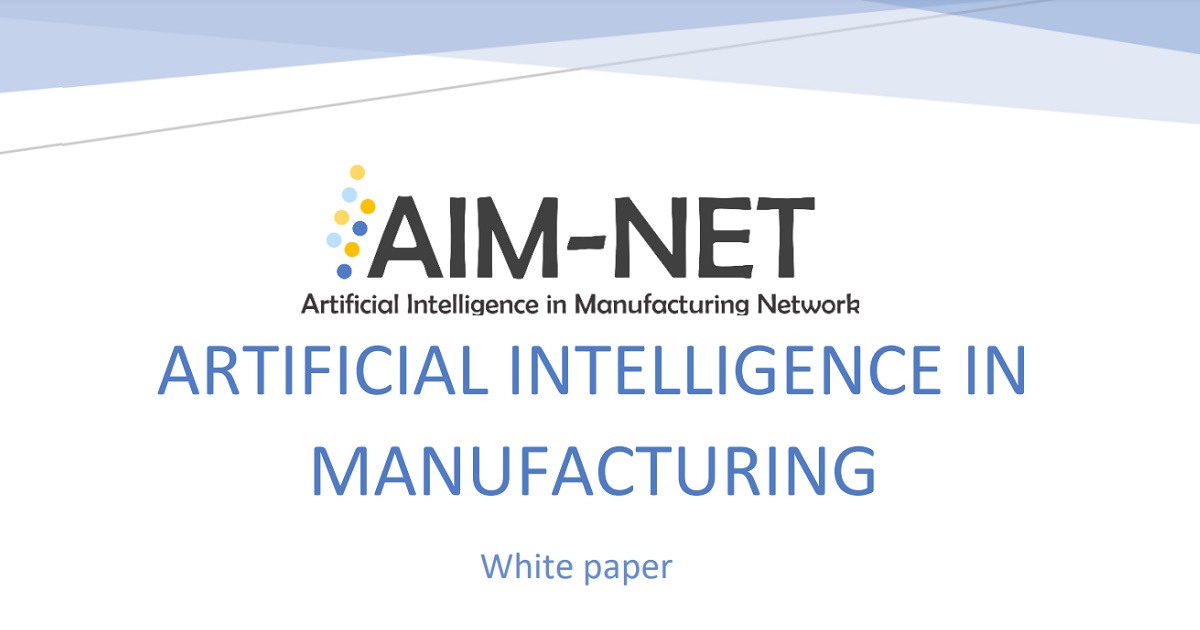
whitePaper | November 2, 2022
This white paper entitled "Artificial Intelligence in Manufacturing" reports the use of Artificial Intelligence (AI) in European manufacturing, and its potential to enhance competitiveness and technological leadership in the future. The paper is based on research conducted by the Artificial Intelligence in Manufacturing NETwork (AIM-NET), which represents the viewpoint of the manufacturing community on the achievements and challenges of AI solutions. The document covers topics such as AI in manufacturing processes, robots, machines, and operations support in manufacturing, and AI in manufacturing systems. It also includes discussions on cross-cutting aspects such as regulation, education, systems engineering, and data augmentation. The paper also presents the maturity achieved TRL levels of existing AI-based applications in manufacturing, typical KPIs used to assess performance, and barriers and limitations to wide adoption. It also provides a roadmap for future work on AI, with efforts needed in short-term and long-term time horizons. Overall, the paper provides a comprehensive overview of the current status and future vision of AI in manufacturing for policy makers, practitioners, and researchers.
Read More